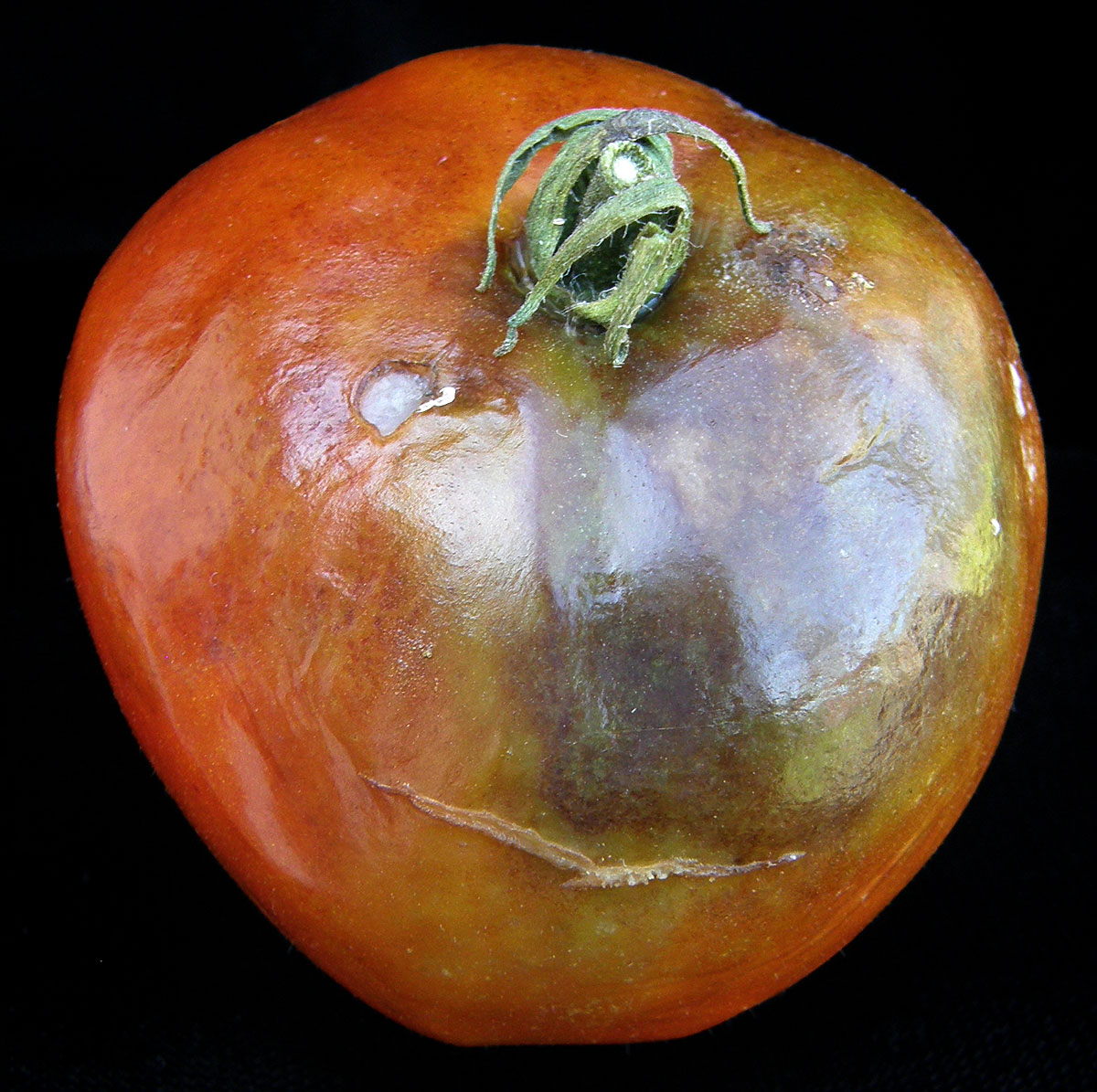

Late blight sporangia are spread between host plants by water or wind. Host weeds include the kangaroo apple ( S. Other hosts are capsicums ( Capsicum annuum), chillies ( C. The main host of Phytophthora infestans is potatoes ( Solanum tuberosum). The late blight lifecycle is completed under ideal conditions in five days, if the air temperatures remain above 10☌ and humidity is over 75% for two consecutive days. Sporangia inside potato tubers and oospores may live for many years. They are killed by frosts and hot weather. Sporangia and zoospores are short-lived spores in plant debris or soil. The sexual spore stage occurs inside plant material between the A1 and A2 mating types of sporangia and produces thick-walled spores called oospores. Each sporangia creates 20-40 thin-walled spores named zoospores. The asexual spore stage produces millions of thin-walled spores called sporangia. The Phytophthora infestans lifecycle alternates between mould growth and spore production. Healthy looking potato tubers may also break down in storage due to late blight infection. It attacks the host plant’s foliage, fruit, stems or tubers at all growth stages. Late blight causes sudden plant death and destroys infected potato crops in a matter of days. They have an uneven, corky, dry rot inside and can become a foul-smelling mush if infected by secondary bacterial soft rots.
LATE BLIGHT SKIN
Infected potato tubers have brown to purple skin lesions that are dark, reddish brown underneath (Figure 3). In humid weather white mould (or “fuzz”) grows under the leaves and infected plants suddenly collapse. Lesions are often enclosed by a halo of lighter green tissue. Infected tissue is initially water soaked (grey-green), then necrotic (brown or black) with firm, rough surfaces (Figure 2). As a consequence late blight spores require water to germinate and penetrate host plant tissues.Įarly signs of late blight infection are small flecks on infected leaves and plant stems. Though water moulds (or oomycetes) look similar to fungi, they are more closely related to algae. Late blight is caused by the water mould Phytophthora infestans.
LATE BLIGHT FULL


 0 kommentar(er)
0 kommentar(er)
